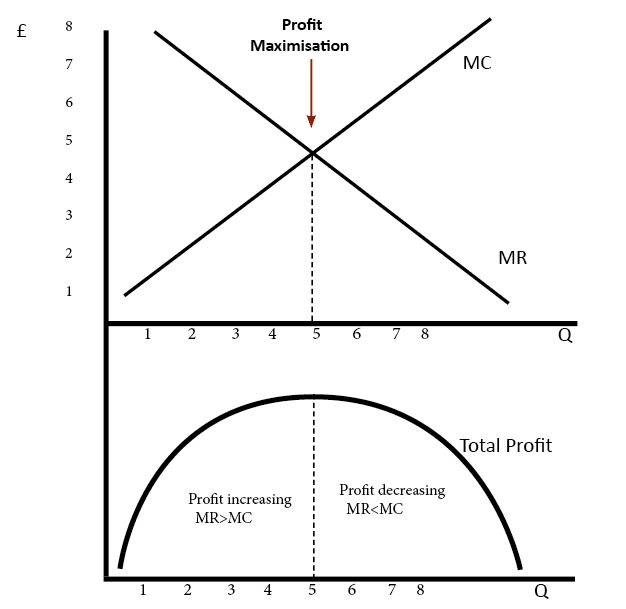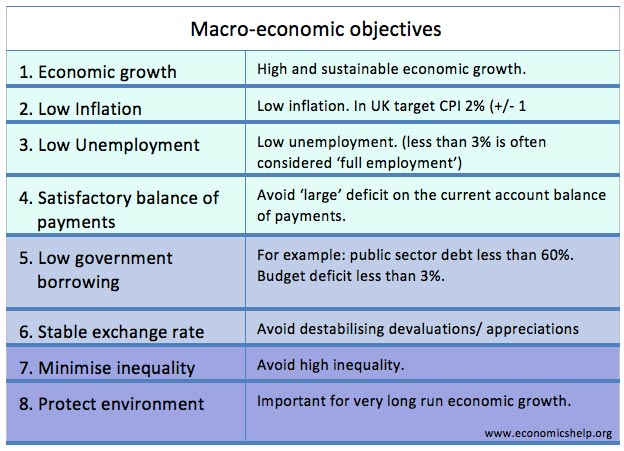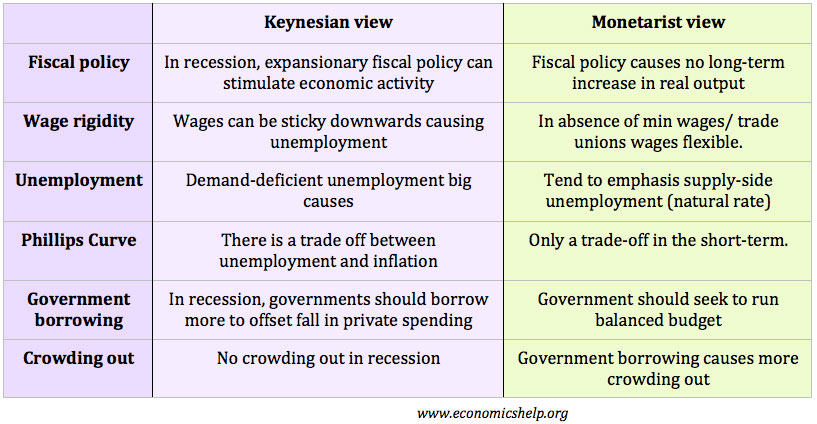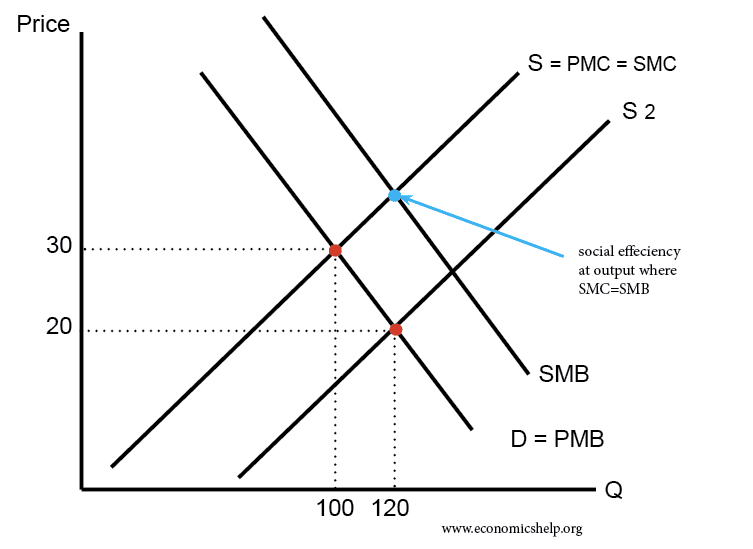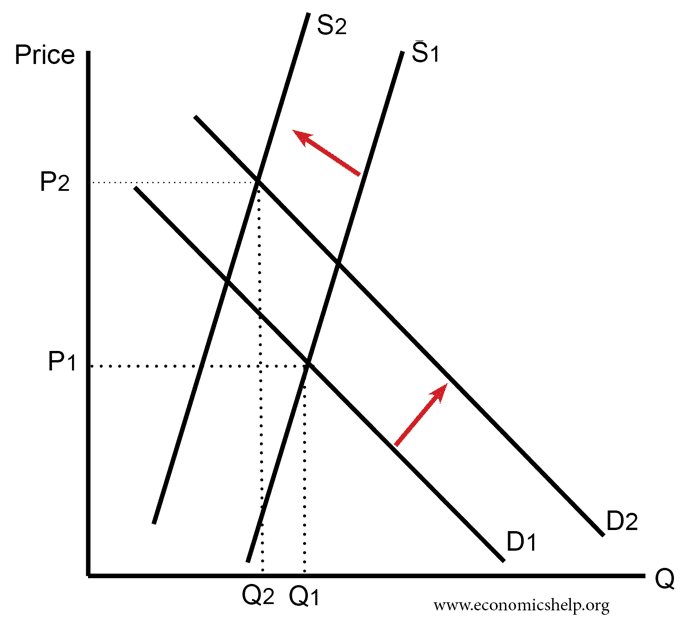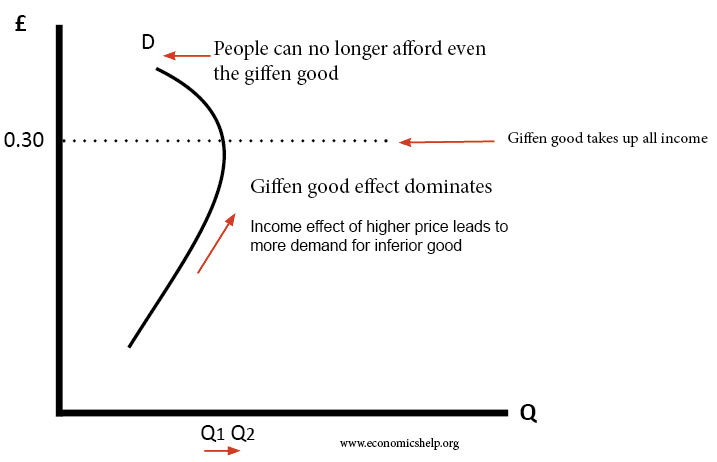The Natural Rate of Unemployment
Definition: The natural rate of unemployment is the rate of unemployment when the labour market is in equilibrium. It is unemployment caused by structural (supply-side) factors. (e.g. mismatched skills) Diagram showing the natural rate of unemployment The natural rate of unemployment is the difference between those who would like a job at the current wage …


